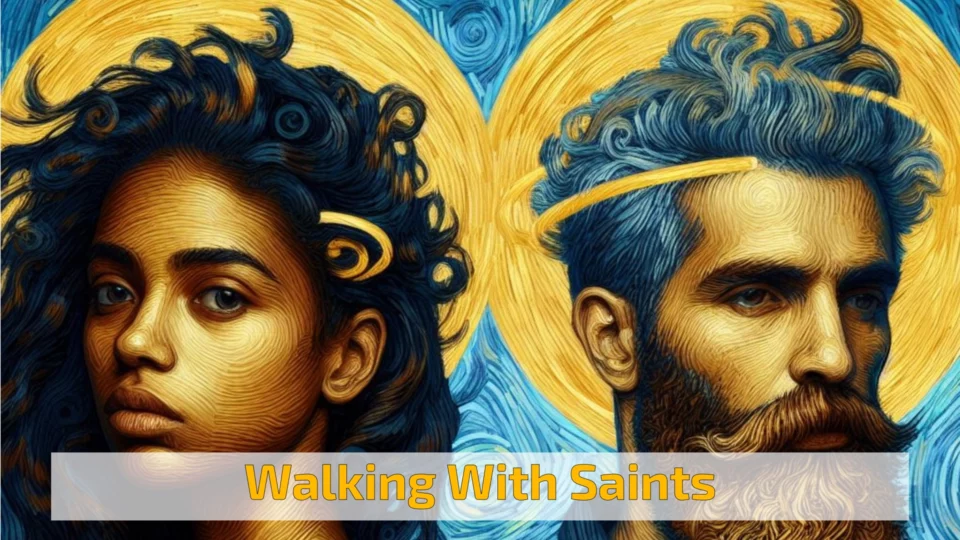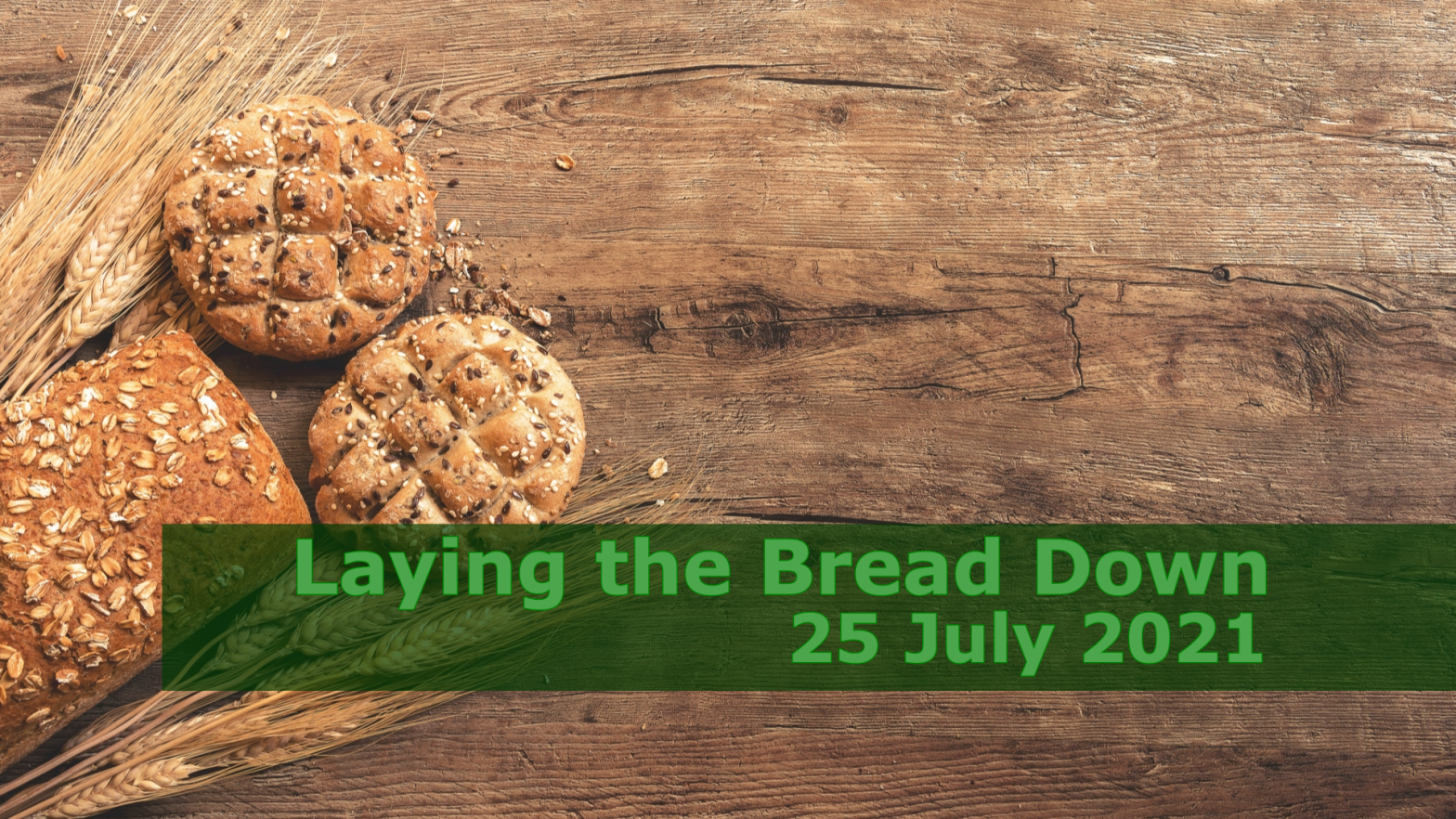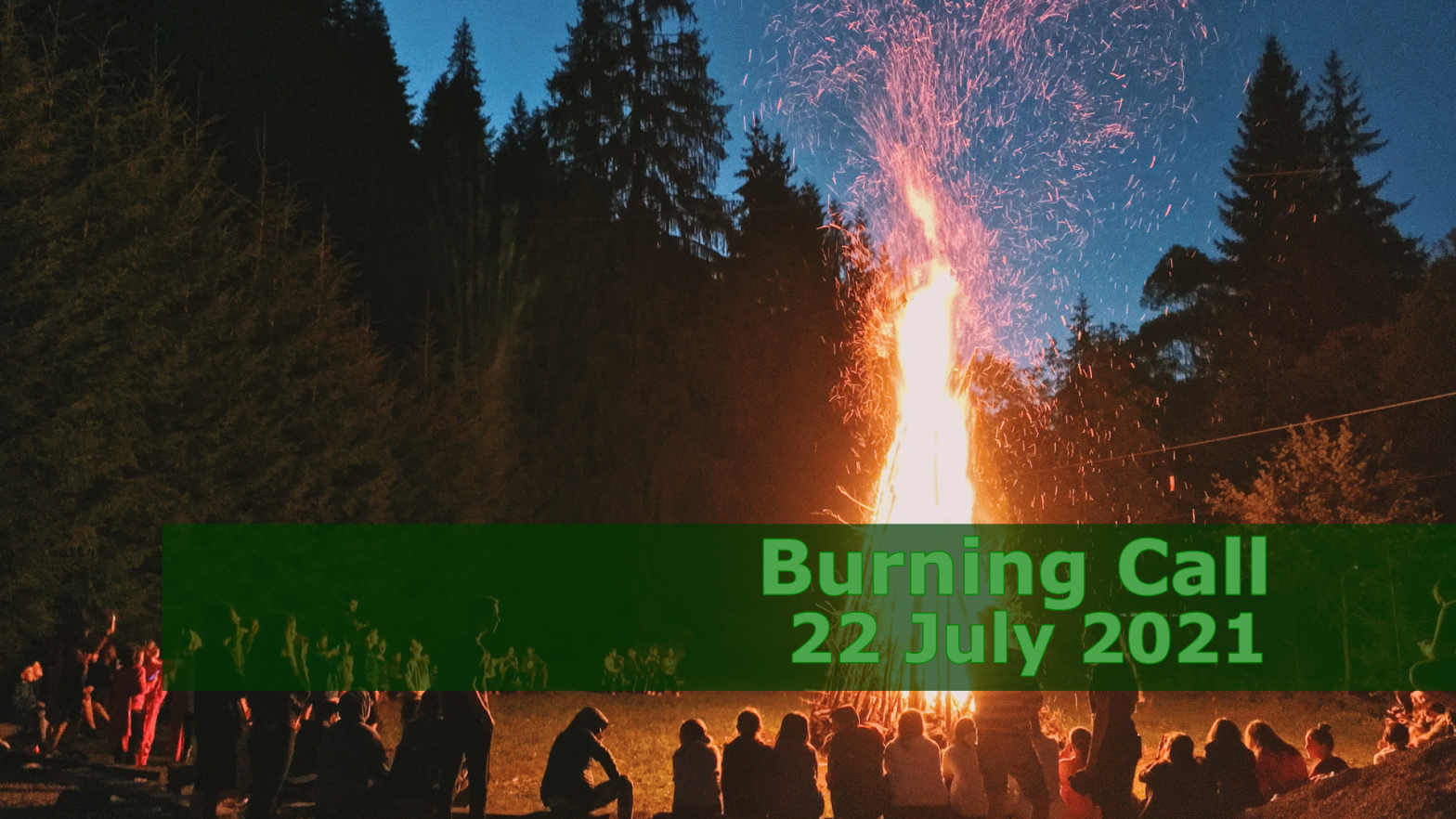Read: Psalm 34:1–10, 22; 1 John 3:1-3; Revelation 7:9-17; Matthew 5:1-12
🔎 Focus
After this I looked, and there was a great multitude that no one could count, from every nation, from all tribes and peoples and languages, standing before the throne and before the Lamb, robed in white, with palm branches in their hands.
Revelation 7:9 (NRSVue)
Saints are often viewed as legendary characters, with lives almost impossible to duplicate. Many of those same Saints looked at themselves and saw nothing but their own flaws. They pursued purity (or holiness) to the degree we often pursue wealth, accolades, status, and self-esteem. As Western Christianity wonders what its place is in the current context, perhaps the Saints can advise us.
✟Devotion
Western Christianity is in turmoil. The so-called Progressive wing seems to find new things to toss out, while the so-called Conservative (or Reactionary) wing finds new restrictions to add. So many things have been tied to what it means to be a so-called real Christian that everyday Christians can find it hard to find stability in the one place that had been stable for generations.
While certain traditions regularly hold certain Saints highly, many regular church members don’t know them, or their traditions, denomination, or local church just ignore the Saints. This, sadly, even includes many of the churches that have been named after Saints.
This is not about the veneration of Saints (which most Western Protestants struggle with), but looking to the examples of the people whose lives were recognized by others (rather than self-promotion) as reflecting aspects of Jesus Christ.
Even Protestants have Saints, though they’d probably never call them such. My tradition, the Church of the Nazarene, had strong ties with Methodism, which was founded by John and Charles Wesley. The Wesleys are often spoken of in the same ways as other traditions speak of the Saints. The Church of the Nazarene has long held Phineas Bresee up, too, in almost the same ways as the Saints. Yet, neither the Wesleys nor Bresee were flawless. For the broader US church, Hudson Taylor is read and spoken of in similar ways.
As we look back on Bresee, the Wesleys, or Taylor we often focus on their flaws, especially in regard to where their cultural sensitivities do not match ours. Yet, these men do indeed provide valuable insight into living lives as faithful followers of Jesus.
One of the advantages of the Saints is that while we are usually provided glimpses into their lives through overly optimistic lenses, their stories are still ones of encouragement. Many of them became Saints, not through some huge single life event, but walking step-by-step to become more like Jesus. This is especially true when the saints our outside our personal tradition; this might be the most important thing.
You’ll note that I mentioned 4 men. Inside Protestant tradition, there is an extreme emphasis on men. Many of the Saints were women. In the Church of the Nazarene, we have Mildred Wynkoop (a huge presence in holiness theology), who we should have feelings for as the Wesleys, and perhaps more so than Bresee. I’m not calling her, the Wesleys, Bresee, or Taylor, Saints, and, yet, they are towering presences of Christian history which sort of makes them Saints.
While certain traditions have miracles assigned to Saints, that hasn’t always been the case. In fact, many of the Saints were so-called Doctors of the Church, meaning that their writings profoundly shaped theology and/or Christian living. Some were bishops. Some were abbots/abbesses. Some were monks/nuns. Some were teachers. There were even a couple of lawyers in there.
What makes a Saint? THAT is a very good question. Some traditions use miracles as the divider for canonized saints, at least in more recent era. Yet, there have been many Saints, and many have no attributed miracles. Perhaps we can only figure out who the Saints are after they have died.
Perhaps the test is, does this person’s life (and words) draw me more deeply into following Jesus?
🤔 Reflection
Who are people, living or dead, that have drawn you to follow Jesus better? Why do you think draw (or drawn) is used rather than pull or push? Do you think that this is a good or bad way to identify Saints? Why?
⏏️ Act
If you know of someone living who is a Saint (to you), let them know that they have drawn you closer to Jesus. This, of course, assumes you agree with drawn. If you have another or additional factors to determine a Saint, follow that, but still let them know.
🙏⁜ Prayer ⁜
Lord Jesus, thank you for all the Saints that have come before us and have provided influence, known or unknown, in regard to a walk with you. Help me, Lord, to walk closer to you, not to become a Saint, but to live out my love for you. Amen.





